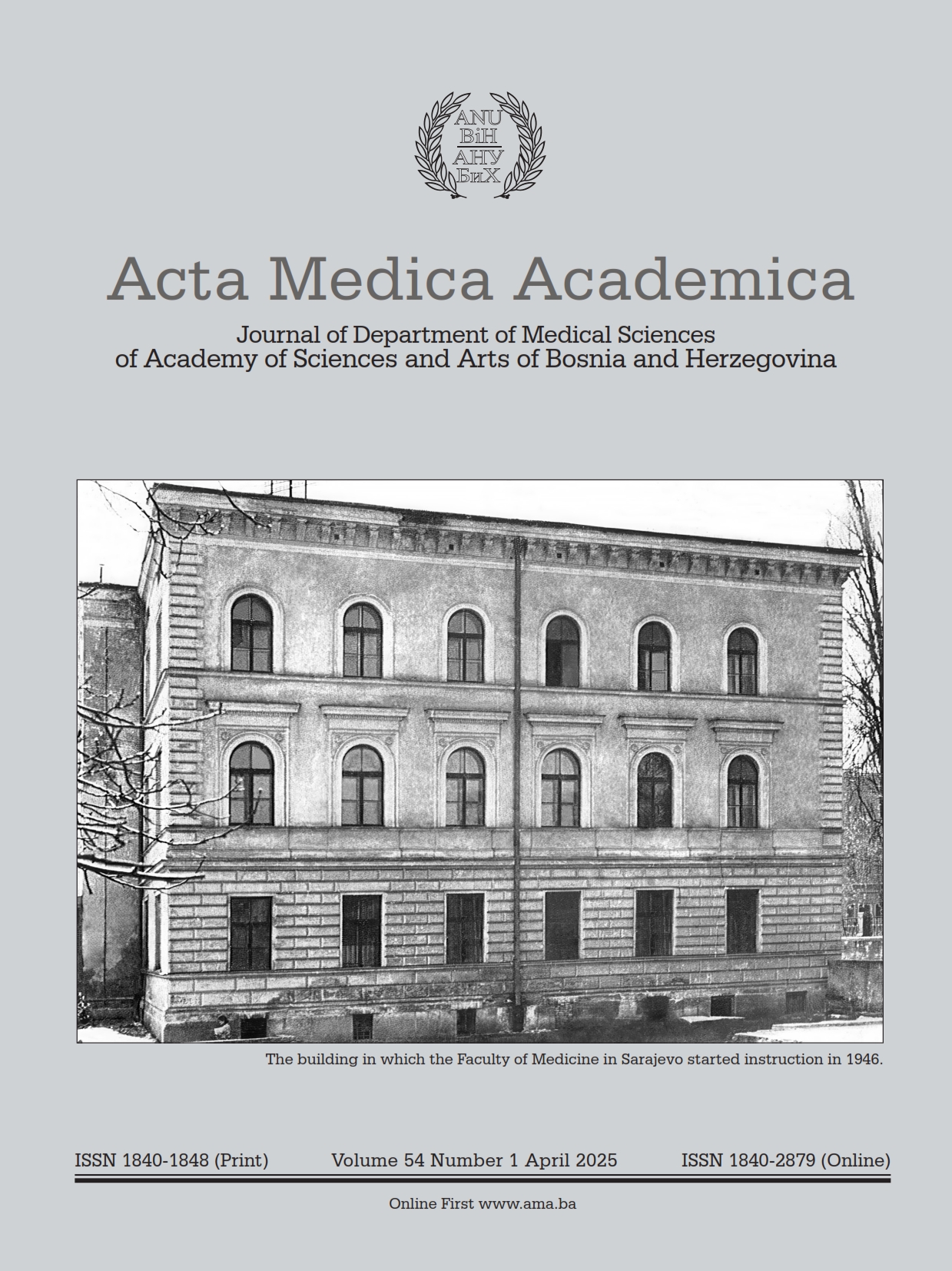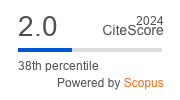Anatomical Variations of the Auditory Cortex and their Clinical Significance, Prevalence and a Review of the Literature
DOI:
https://doi.org/10.5644/ama2006-124.470Keywords:
Auditory Corte, Heschl’s Gyrus, Planum Temporale, Anatomical VariationAbstract
Objective. This literature review aims to present anatomical variations in the primary and secondary auditory cortex, and an analysis of the categories (or classifications) of variation.
Background. Many types of variation of the auditory cortex have been described, but there is a need to classify these variations and reveal their clinical implications.
Methods. A detailed search in PubMed medical database was conducted, from October 2023 to November 2024 using the terms« (“anatomical”) AND (“varia- tions” OR “categories” OR “types” OR “differences”) AND (“human” OR “man”) AND (“auditory cortex” OR “auditory cortex” [MeSH]) and 44 articles were found. Applying the inclusion and exclusion criteria, 29 articles were finally selected.
Results. A number of asymmetries have been recorded related to the size of the cortex between the two hemispheres, the number of Heschl’s gyri and Heschl’s gyrus surface variations, the distribution of gray and white matter, and the surface and size of the secondary auditory cortex. Reviews, and all prospective and retrospective studies, as well as case reports, were eligible for this review. Discussion. Variations werefound amongst patients of reduced auditory ability and the non-hearing impaired, musi- cians, amateur musicians, and non-musicians, right and left-handed people, men and women, and people with high and low pitch perception ability. Furthermore,variations were detected in people with dyslexia and learning disabilities.
Conclusion. Asignificant number of anatomical variations of the auditory cortex have been recorded, andcloser research will contribute to our comprehension of the origin of some discrepancies in everyday clinical practice.
Downloads
Published
License
Copyright (c) 2025 Konstantinos Papantzikos, Spyridon Kantartzis, Dimosthenis Chrysikos, Amir Shihada, Dimitrios Filippou, Maria Piagkou, Theodore Troupis

This work is licensed under a Creative Commons Attribution-NonCommercial 4.0 International License.





